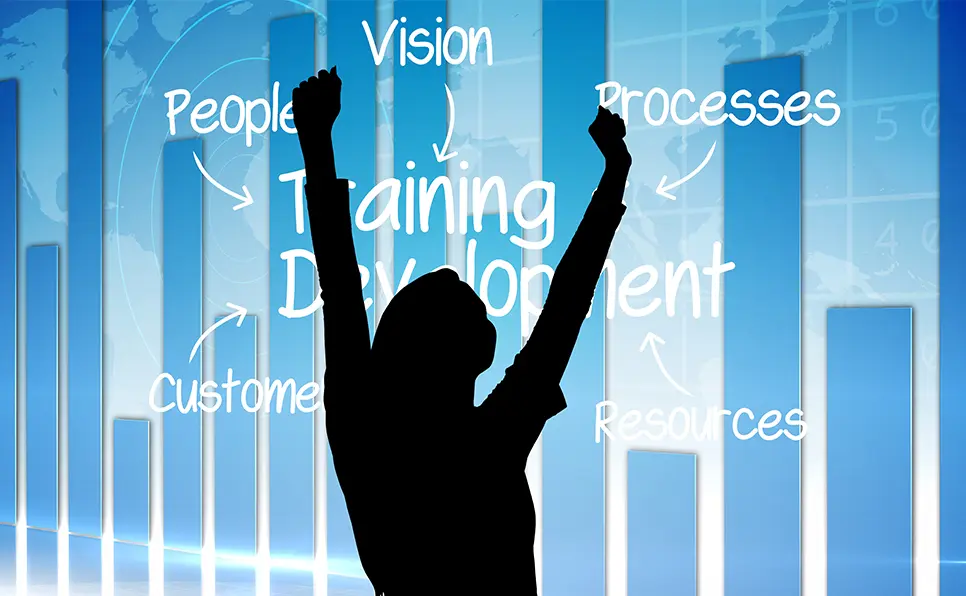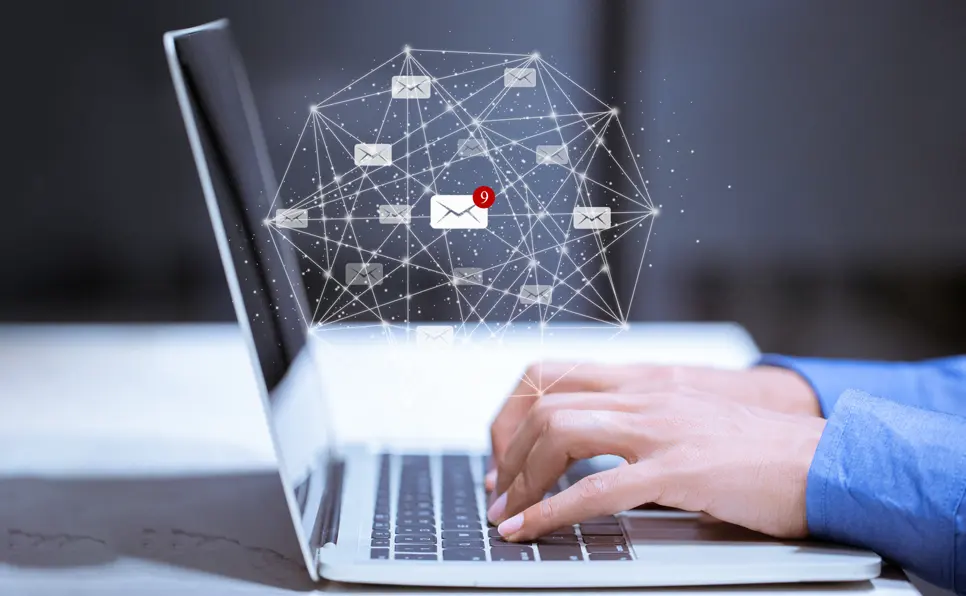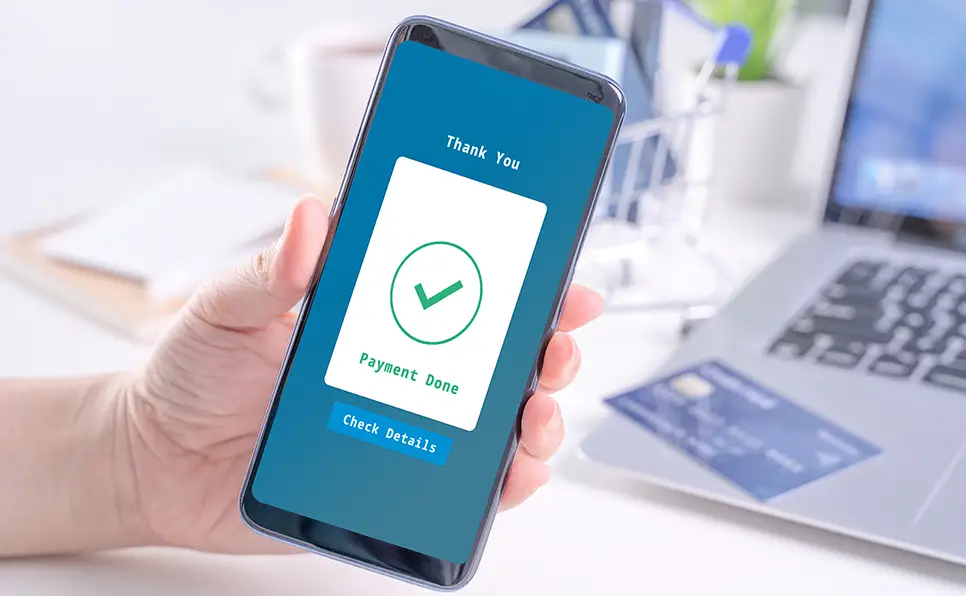Top Ten Black Entrepreneurs to Learn From
Introduction Are you interested in entrepreneurship and looking for some inspiration? Well, you’ve come to the right place because, in this blog, we will introduce you to the top ten Black entrepreneurs you can learn from. Starting a business is challenging, but being a Black entrepreneur has unique challenges. But, despite the obstacles, these fantastic entrepreneurs have reached the top of their respective industries. From music and entertainment to finance and tech, they have built thriving businesses and made a significant impact. You might wonder, “what’s so special about these entrepreneurs?” Well, let me tell you, their stories are full of insights, lessons, and strategies that you can apply to your entrepreneurial journey. Their perseverance, determination, and innovative thinking are what set them apart. They’ve faced discrimination, setbacks, and failures but never gave up. So, whether you’re just starting or a seasoned business owner, you can learn a lot from these trailblazing entrepreneurs. We’ll take you through their stories, highlight their successes, and share their tips for building a successful business. So, grab a cup of coffee, sit back, and get ready to be inspired! List of The Greatest Black Entrepreneurs of All Time Here are ten Black entrepreneurs who have made significant contributions to their respective industries and who are worth learning from: Oprah Winfrey Oprah Winfrey is a household name and a trailblazer in the entertainment industry. Despite early setbacks in her career, such as being fired from a television news anchor job, Oprah persevered and achieved tremendous success. She is known for her talk show, The Oprah Winfrey Show, which aired for 25 seasons and tackled various topics, from self-improvement to politics. Oprah’s leadership extends beyond television and into her role as chairman and CEO of Harpo, Inc., which she founded in 1986. In addition to her entrepreneurial ventures, Oprah is a philanthropist and has donated millions of dollars to various causes, including education and healthcare. She has also been a leading voice in the fight against sexual harassment and abuse, particularly in the entertainment industry. Her dedication to making a difference in the world is admirable and serves as an inspiration to many. According to Forbes, Oprah’s net worth of $2.8 billion is a testament to her business acumen and ability to turn her brand into a lucrative enterprise. But her success is not just about making money. Oprah’s message of empowerment and self-improvement has touched the lives of millions, and her authenticity and relatability have made her a role model to many. One key lesson that aspiring entrepreneurs can learn from Oprah is the importance of perseverance. Despite facing obstacles and setbacks early in her career, Oprah never gave up on her dreams and continued to work hard and innovate. She also has a strong sense of purpose and a desire to make a difference in the world, which has helped her stay focused and driven. Dr. Dre Dr. Dre is an iconic music industry figure known for his contributions to hip-hop and his success as an entrepreneur. His partnership with Jimmy Iovine in 2008 to release Beats by Dre headphones was a game changer, and the brand quickly became synonymous with high-quality audio products. The headphone line soon expanded to include earbuds, speakers, and a music streaming service, with collaborations and endorsements from top artists, athletes, and designers. The success of Beats Electronics culminated in its acquisition by Apple for $3 billion in 2014, reportedly making Dr. Dre the richest person in hip-hop at the time. This achievement was a testament to his business acumen and ability to identify a gap in the market and capitalize on it. However, Dr. Dre’s entrepreneurial journey began long before his partnership with Iovine. He co-created Death Row Records, which put out classic albums like Snoop Dogg’s Doggystyle and 2Pac’s All Eyez on Me. After leaving Death Row, he founded Aftermath Entertainment and partnered with Iovine on Interscope Records, which went on to sign artists like Eminem. Dr. Dre’s success as an entrepreneur reflects his creativity, persistence, and willingness to take risks. His ability to identify and capitalize on trends has made him a role model for aspiring entrepreneurs. He is a true innovator, unafraid to challenge the status quo and push the boundaries of what is possible in his industry. Daymond John Daymond John is a successful marketing mogul, entrepreneur, and investor on ABC’s Shark Tank. One key lesson that aspiring entrepreneurs can learn from him is the importance of perseverance. John’s journey to success was challenging. He faced multiple setbacks, including having to close his clothing line, Fubu, three times as he learned the ropes of entrepreneurship. Despite these challenges, he persisted and eventually found success. Another critical lesson that John can teach up-and-coming entrepreneurs is the importance of creativity and innovation. He is known for his ability to spot trends and capitalize on them, and his clothing line, Fubu, was a pioneer in the urban streetwear market. In addition to Fubu, John is the founder and CEO of Blueprint + Co., a coworking space in Midtown Manhattan, and The Shark Group, a brand management consultancy. John’s success is a testament to his hard work, determination, and business acumen. According to various sources, he has a net worth of $250 million, and his success has made him a valuable figure for aspiring entrepreneurs to learn from. His perseverance and dedication to his goals have allowed him to succeed tremendously and become a leader in entrepreneurship. One of the key takeaways from John’s story is the importance of never giving up, even in the face of challenges and setbacks. Madam C.J. Walker She was a trailblazing entrepreneur who significantly impacted the beauty industry. Despite facing many obstacles as an African American woman in the early 1900s, she persevered and built a successful business that made her one of the wealthiest women of her time. Walker’s success was rooted in identifying a personal need and creating a solution. Her hair care product was a game-changer for many
Top Ten Black Entrepreneurs to Learn From Read More »





